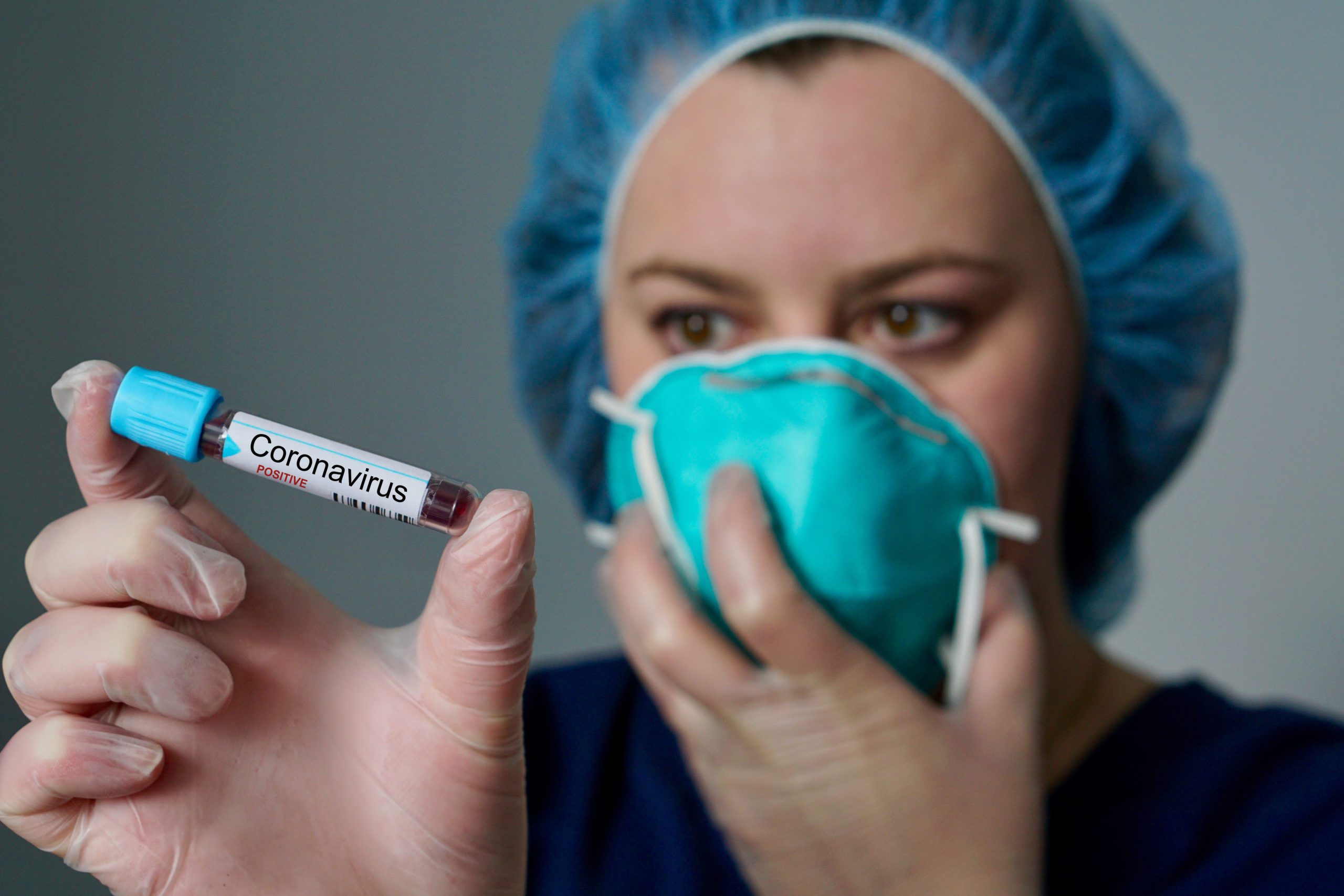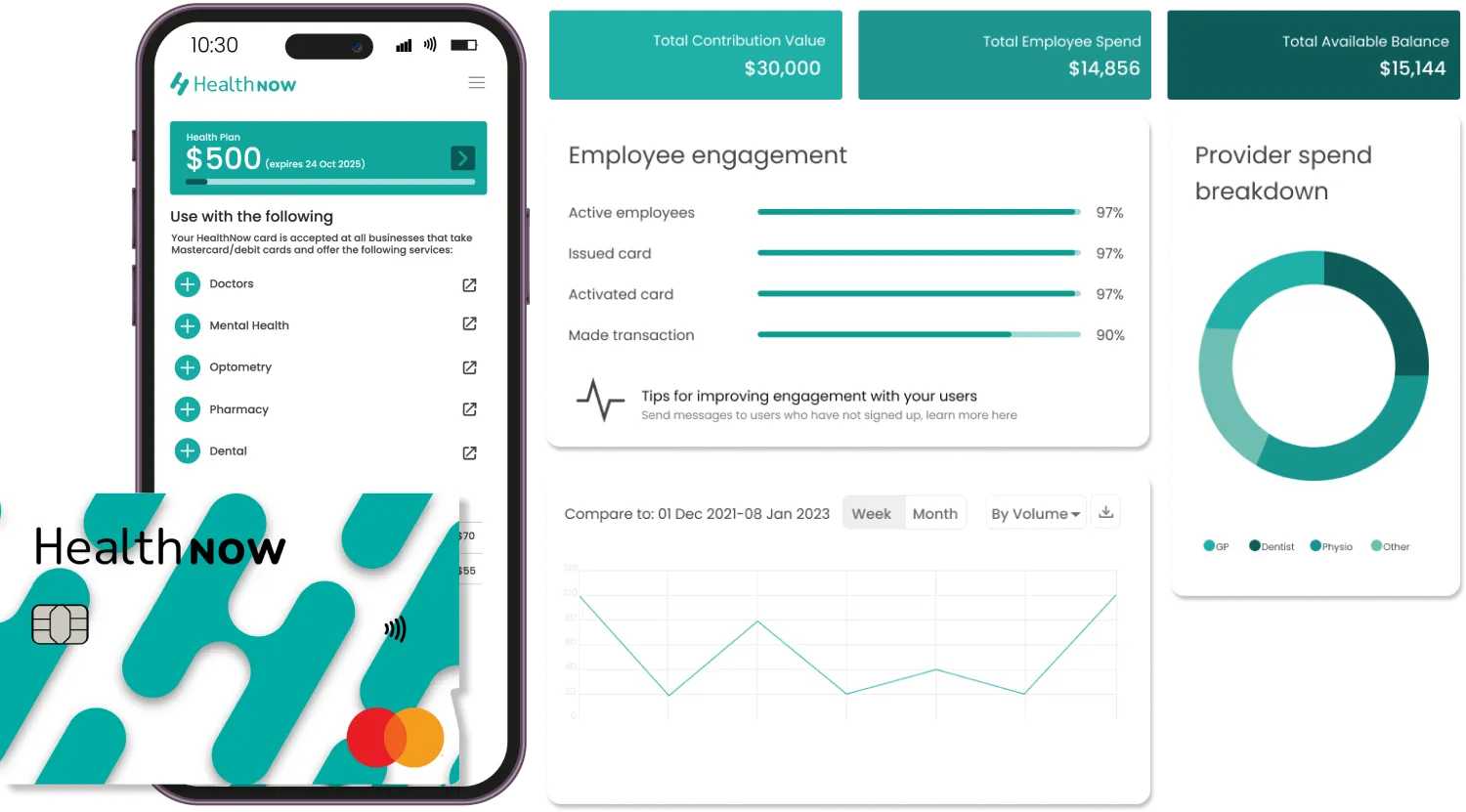The current COVID-19 pandemic is affecting the practice of primary health care in many ways. In the past year , the use of digital health technology (DHT) has grown at an unprecedented rate. DHTs have a broad reach that includes telemonitoring, wearable medical devices, apps, payment technology and even artificial intelligence.
While the uptake of DHT has been challenging and has been slow to move forward, the COVID-19 crisis seemed to suddenly expand the scope and pace of adoption. Knowledge about digital health may have sowed new ideas. After all, DHT has been shown to improve the quality of care, and promising applications are being developed. We should not miss this window of opportunity created by the COVID pandemic to bring DHT into daily practice, but we are still facing challenges.
It has been over a year since the World Health Organisation (WHO) declared a global pandemic of COVID-19. General practitioners (GPs) have committed to playing an important role in the management of COVID-19, from diagnosis to treatment and palliative care, to prevention and vaccination campaigns. In the meantime, however, primary care physicians are seeing a sharp decline in non-COVID-19 consultations.
It seems that patients tend to postpone the visit to the doctor because they do not want to take up the medical staff’s time. Often, primary clinics had to cope with reduced capacity due to quarantine measures, and hospitals were often unable to provide emergency specialised care. This has led to the need to find alternative and creative solutions to ensure the proper quality of patient care. Since then, the use of DHT in primary and secondary care has grown at an unprecedented rate.
In recent years, DHT has been gradually introduced into the primary health care system. Websites that provide reliable and accessible information about symptoms and illnesses, guides on self-care and when to see a doctor were developed before the COVID-19 pandemic and appear to have reduced the number of phone consultations compared to conventional care. Interestingly, before the pandemic, video consultations or home monitoring applications were generally not used in family practice, although we are used to these technologies in everyday life. Shortly after the start of the spread of COVID-19, detailed guidance on remote monitoring was quickly developed. It covered the technical setup to the actual decision making for COVID-19 patients.
There has been an increase in the use of remote counselling in primary health care. In hospitals, the use of DHT seemed to be growing and expanding even further. In addition to video consultations, hospitals have also developed applications for remote monitoring of patients with suspected COVID-19. In family practice, remote monitoring of patients at high risk for moderate or severe worsening of COVID-19 may also have added value. This can prevent unnecessary visits to the emergency room and make it easier to recover at home.
It’s fair to say that after a few years of COVID-19, the global response has accelerated the adoption of DHT into healthcare. Despite the unfortunate cause, many healthcare professionals and institutions have quickly embraced digital healthcare. As we are only slowly beginning to learn about DHT in primary care. It is essential to share experiences and evaluate innovations scientifically and critically.
Digital health technology is an integral part of the future of healthcare. Health Now is driving payment technology change in healthcare by providing buy now, pay later solutions for all types of medical services throughout New Zealand.








